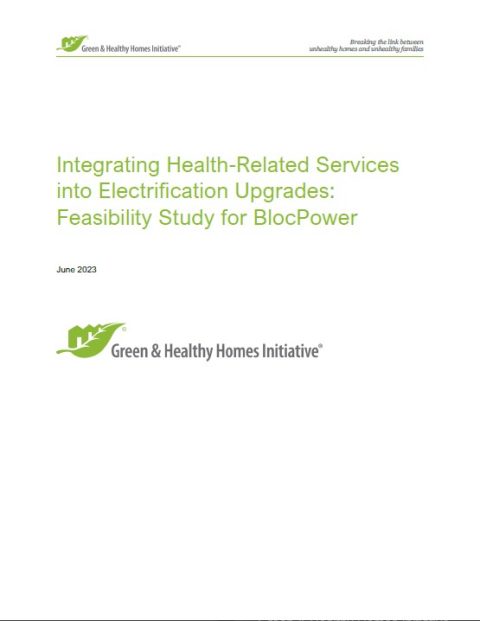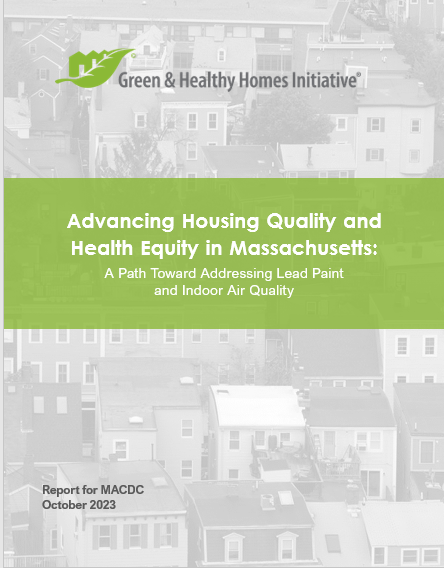How Much are Non-Energy Benefits Worth? Quantifying and Monetizing Values to Include in ComEd’s Income Eligible Energy Efficiency Programs’ Cost-Effectiveness Tests
Investor-owned utilities’ energy efficiency programs must pass cost-effectiveness tests. In Illinois and most states, the majority of non-energy benefits (NEBs) are not included in these tests (DSESP 2020). In 2016, Illinois passed legislation to include quantifiable NEBs in total resource cost (TRC) tests (FEJA 2016) and ComEd agreed to identify and reflect NEBs in income eligible (IE) programs’ TRC tests (Stipulation 2017). Since IE programs often include weatherization and HVAC improvements, participants gain health benefits associated with reduced indoor pollutants and thermal stress. IE programs also reduce utility costs such as arrearages. Reduced emissions from reduced electricity generation produces public health benefits. Programs also produce economic benefits such as job creation.
To date, none of these types of NEBs have been included in ComEd’s TRC tests. In 2017, Guidehouse, on behalf of ComEd, started research to quantify and monetize these types of NEBs (in both IE and non-IE programs) to possibly include in ComEd’s TRC tests for the 2022-2025 portfolio. Currently, IE programs’ TRC values are excluded from the portfolio’s TRC value. Including IE programs’ NEBs as well as IE programs’ TRCs in the portfolio’s TRC more accurately represents the true value of IE programs. Guidehouse developed methodology to quantify and monetize participant and utility NEBs associated with ComEd’s IE programs and societal NEBs associated with ComEd’s entire portfolio of energy efficiency programs. Guidehouse incorporated feedback from the Illinois Stakeholder Advisory Group to finalize the methodologies. This paper discusses Guidehouse’s research methodologies, analyses, and results as of July 2020.



